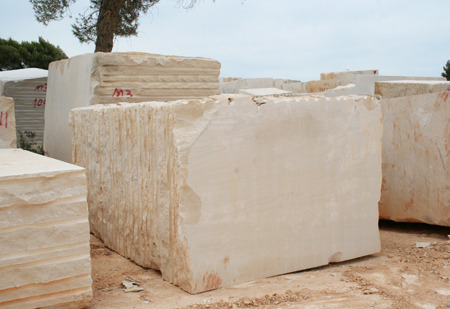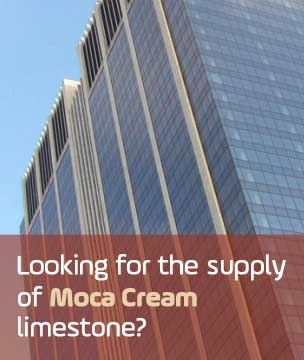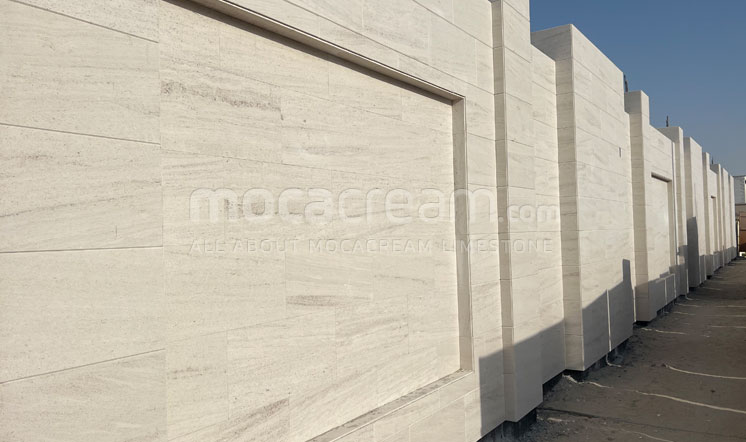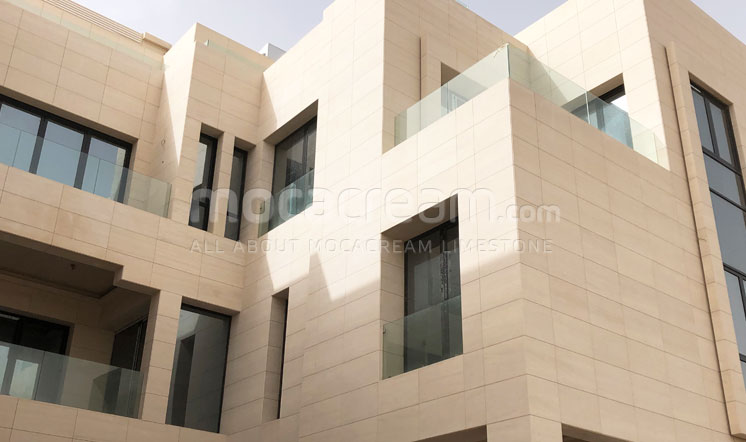Alternative Names for the Moca Cream Limestone
The Moca Cream limestone has gained in the past decade an amazing reputation worldwide and is today one of the reference beige coloured limestones. But the fact the this limestone has entered into the mainstream market and international commercial channels, has led to an increasing number of names that are given to the same stone.

Like many other natural stones with considerable demand, the Moca Cream has today a large number of alternative names in which it can be recognized. These alternative names may vary according to several factors such as:
– The country where it is being commercialized
– The quarry or supplier that is commercializing
– The distributor or sales people that are in fact commercializing the stone
– The need to create new product ranges, or alternative beige coloured limestones.

Whatever is the reason(s), it is clear that today there are many different names in the market for the same limestone. We present here some of the most commonly used names for the Moca Cream limestone:
– Moca Creme: this is the original Portuguese name. It has a direct connotation with the coffee and with cream, due to its colour. This is the Portuguese version.
– Mocha Cream: this is the English version of Moca Creme. Also associated with the coffee.
– Relvinha: a Portuguese name for the thin grain Moca Cream limestone.
– Marbella: as a reference to the Spanish Marbella limestone. This name was probably generated to present the Moca Cream as alternative to the Marbella limestone.
– St Hubert: as it is known on the US market. Today it is commonly referred to the thin grain variation of the Moca Cream.
– Centenaire: a French limestone. This was probably created in order to increase the Moca Cream visibility on the French market.
– St Vicent: also a French limestone. Again, this was probably created in order to increase the Moca Cream visibility on the French market.




